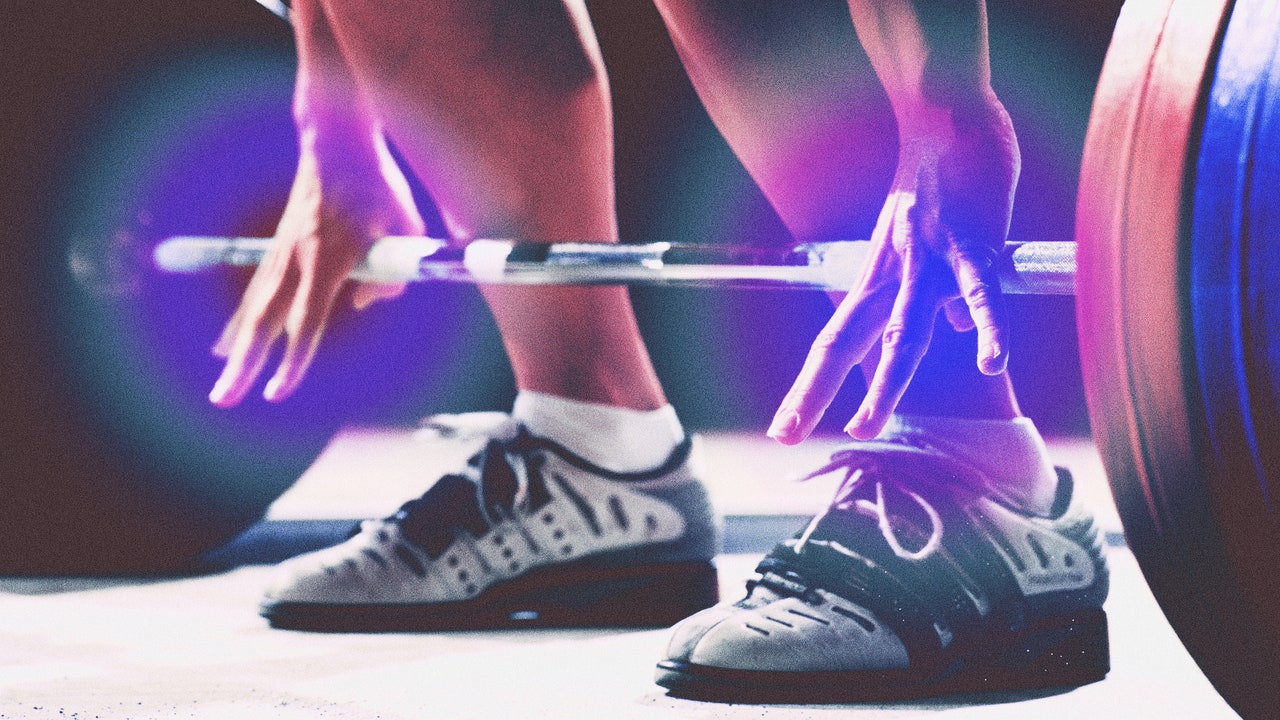In our efforts to live longer, healthier lives, it’s easy to hone in on any new science that offers a quick, low-effort solution. In the last few years, grip strength has caught the attention of fitness editors and individuals eager to get ahead. And for good reason: Many studies show that grip strength is a biomarker of aging, which means that it provides an objective look at how well we are—or aren’t—aging.
It’s been correlated with an impressive number of health factors, including overall strength, upper limb function, bone mineral density, fractures, falls, malnutrition, cognitive impairment, depression, sleep problems, diabetes, and quality of life, according to a 2019 literature review. It can also be assessed to estimate flexibility, balance skills, and coordination skills. It’s so important, in fact, that a 2015 study “determined that grip strength was a more powerful predictor of cardiovascular mortality than systolic blood pressure.”
Medical professionals use this metric as a screenshot of your current health status, as well as a predictor of future outcomes. Ingrid Anderson, Doctor of Physical Therapy (DPT) and owner of Intown Physical Therapy measures the grip strength of her clients when they’re doing an initial evaluation on anyone over 60. They use a tool called a dynamometer, which shows the amount of force you generate when you squeeze it, measured in pounds or kilograms. It’s a simple, cheap way to get an accurate, preliminary reading on your health, she explains. But she rarely recommends grip-specific training.
Outside of the doctor or PT’s office, grip strength has far less relevance. While we don’t want to undersell the importance of a firm handshake, not everyone should order a grip strength trainer in hopes of boosting their longevity. “It’s always so interesting when there’s a headline and people come in and they say well, I need to strengthen my grip so that I reduce my chances of dying,” says Anderson. “No, no. If only it were that simple. Really what it comes down to, is that it is just a really good indication of your overall strength.”
When to Work Your Grip Strength
So while improving your grip strength won’t exactly make you live longer, should you ever directly train your grip strength? There are a few instances:
First, Anderson mentions that if somebody is having a complaint around their wrist, elbow, or hand, she will integrate grip strength work into rehabbing, especially for tennis elbow or golfer’s elbow, two overuse injuries caused by irritation or damage to the tendons that run from the hand to the elbow.
Another instance is if your grip is a limiting factor in your lifts, says Kirk Anderson, ISSA-certified personal trainer. For example, you may deadlift 225 pounds, and you’re only maxing out because you can’t hold on anymore. “The limiting factor for pretty much everybody is your grip,” says Anderson. “Your legs and back are strong enough to lift more weight than your hands can.”
How to Improve Your Grip Strength
When you’re considering how to improve your grip strength, it depends on your fitness background, says Kirk Anderson. If you already have a well-established workout routine, your grip strength exercises will look very different from someone who is starting from square one.

